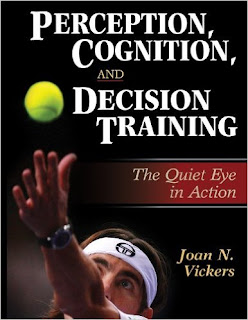As many of you know I produced The Secrets Of Solo Hitting a few years back and I've sold well over 500 digital copies of it. I know that doesn't sound like much compared to more mainstream sports, but it does show that there are a lot of people around the world curious about what they should do when they solo hit. I've also produced a shorter version, The Advanced Secrets Of Solo Hitting (and Movement) where I take the viewer through a routine with a mixture of targets and ghosting.
Last spring I started a weekly subscription coaching video called Squash Shots (Patreon.com/SeriousSquash). Each week I post a new episode talking about a key point for improving. Some weeks I'll share a couple of drills, or some movement exercises, maybe a tactical discussion and even some off court training activities. Last week I posted episode 40 which is a fun solo volley drill which focuses on attacking volley drives. An attacking volley drive is quite a difficult shot to execute and to practice by yourself. I believe I've come up with the best possible way to work on this shot on your own. Here's the episode:
In episode 41 I discuss the simple overhit drive which is a foundation skill. Here's the episode:
In next weeks episode (#42) I discuss the importance of regular short hitting and in episodes 43 and 44 I will be posting 4 of my new favourite advanced solo drills. If you read the blog post from 2 weeks ago it was about how to maximize the dimensions of the court and that's also partly what these drill are going to encompass. If your opponent knows you will mix it up from the back corners they will begin to poach their T position and it will put more pressure on the tightness of your drives.
I'm the first to admit that we have to constantly work on our straight drives and that is a part of these upcoming new drills, but I am also adding in a variety of other shots from the back corners which will help you expand your repertoire. In today's game, when you have time and space, even from the back of the court, you have to be able to apply pressure and if you're skillful you can do so in a variety of ways.
Back when I did my master's in coaching I recall a lot of discussions about best practice. A lot of importance was placed into specificity of practice and how it can most closely replicate match play. Along these lines there was a lot of discussion about blocked versus random practice and which is more effective. We discussed why a golfer would go to a driving range and hit 20 shots in a row with 1 club when they never have that opportunity to do that in a round? The same things happens when we solo hit or do most drills for practicing our squash game. Clearly we enjoy the rhythm and flow of this form of practice, but it isn't necessarily going to transfer as much as random practice of a variety of skill sets.
(a must read book for coaches)
An example of random practice (from a recent Serious Squash Instagram comment) was on serving. Someone asked 'how do you practice your serves when the ball gets cold?' And I said 'hit 1 serve every so often.' By doing this you will pay more attention to each serve and you will also have to recall the desired motor skill in a 1-off situation; similar to a match situation. On the overhand if you continually serving it means you you will be able to make adjustments from previous serves until you eventually begin to find your range. There is also a little more pressure when you are doing something just the one time. Sometimes in lessons or in technical testing I'll have a pupil play 1 serve and I'll rate it. This is again not exactly a match type scenario, but it more similarly replicates it than just hitting 50 straight serves.
If you haven't acquired the skill yet and need to make some major adjustments there is something to be said for blocked practice. I also believe if you need to improve the confidence of a specific shot blocked practice can be an effective training tool, but at some point you should look to put that shot into a more random type of drill or condition game.
Anyways, the purpose of this all random versus blocked practice is that these drills I have come up have a mixture of blocked and random conditions plus there is an element of shot selection while maintain an enjoyable flow for the session. Three of these drills contain more than 1 type off shot and two of them contain shot selection criteria, which again are essential skills in squash.
If you'd like to see samples of these drills make sure you follow Serious Squash at Youtube.com/SeriousSquash or Facebook.com/SeriousSquash or on Instagram @SeriousSquash
You could also subscribe to Squash Shots and give it a try Patreon.com/SeriousSquash



















